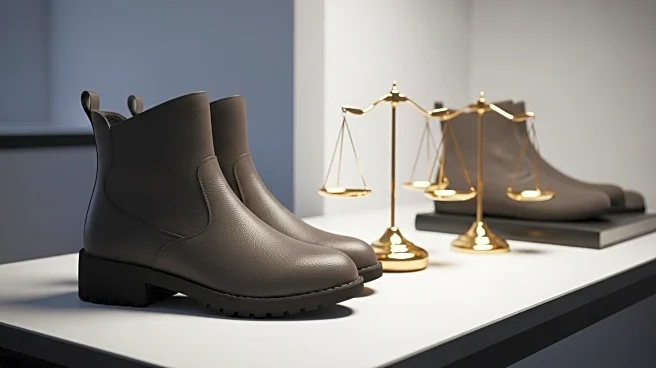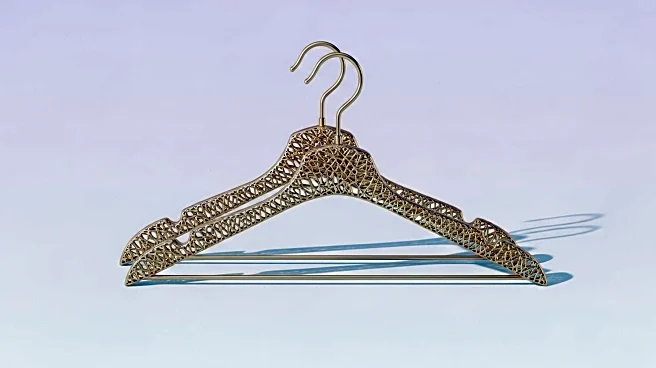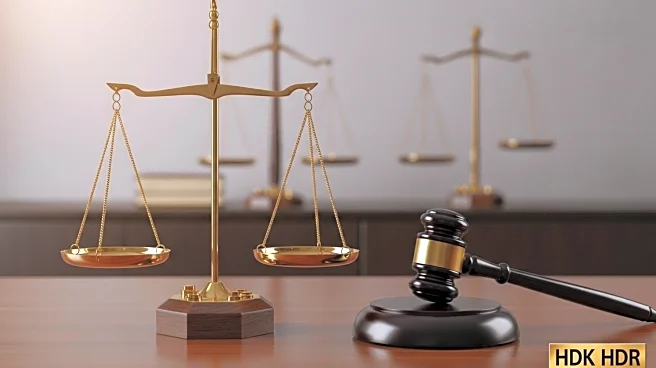What's Happening?
A federal judge in California has ruled against Deckers Outdoor Corporation, the owner of UGG, in a trademark dispute with Quince, a direct-to-consumer brand. The court found that UGG's Classic Ultra Mini boot and Tasman slipper designs are generic and not eligible for trade dress protection. This decision came after Deckers accused Quince of infringing on its unregistered trade dress rights and a design patent. Quince argued that the design elements of the UGG products, such as ankle-high suede construction and exposed stitching, are common features in the sheepskin footwear market and cannot be claimed as proprietary by UGG. The court sided with Quince, stating that the design features are too widely used to identify a single source.
Why It's Important?
This ruling highlights the challenges fashion brands face in protecting their product designs under trademark law. The decision underscores the limitations of trade dress protection, particularly for designs that are functional, aesthetic, or widely adopted in the market. For UGG, this means a reduced ability to claim exclusivity over its popular designs, potentially impacting its market position and brand identity. For the broader fashion industry, the ruling serves as a reminder that not all distinctive designs are protectable, emphasizing the need for brands to explore other legal avenues, such as design patents, to safeguard their products.
What's Next?
The case will continue as the court has not invalidated UGG's design patent and has left intact its trade dress claim related to the Bailey Button boot. Deckers may need to reassess its legal strategy and consider alternative methods to protect its brand identity. The decision may also prompt other fashion brands to reevaluate their reliance on trade dress protection and explore additional legal protections for their designs.
Beyond the Headlines
The ruling could have broader implications for the fashion industry, particularly in how brands approach the protection of their designs. It may lead to increased competition as more companies feel emboldened to produce similar designs without fear of legal repercussions. Additionally, the decision may influence future legal standards regarding what constitutes a protectable trade dress, potentially leading to more stringent criteria for establishing distinctiveness in product designs.












